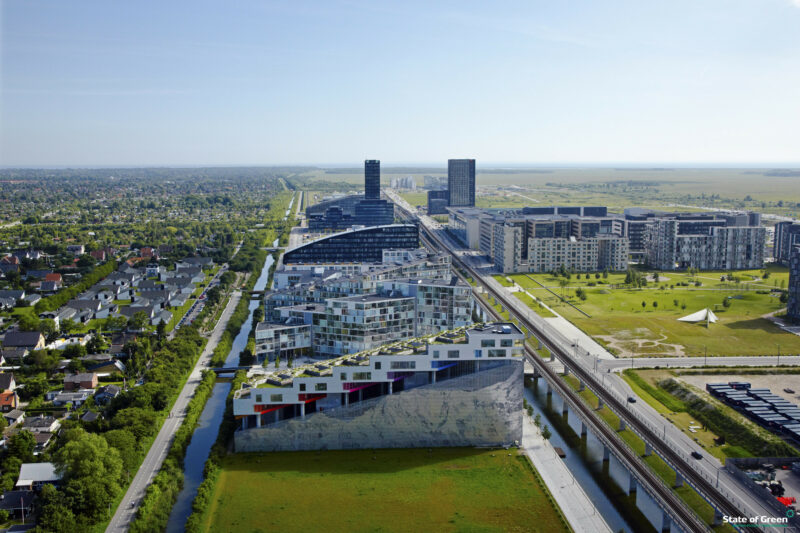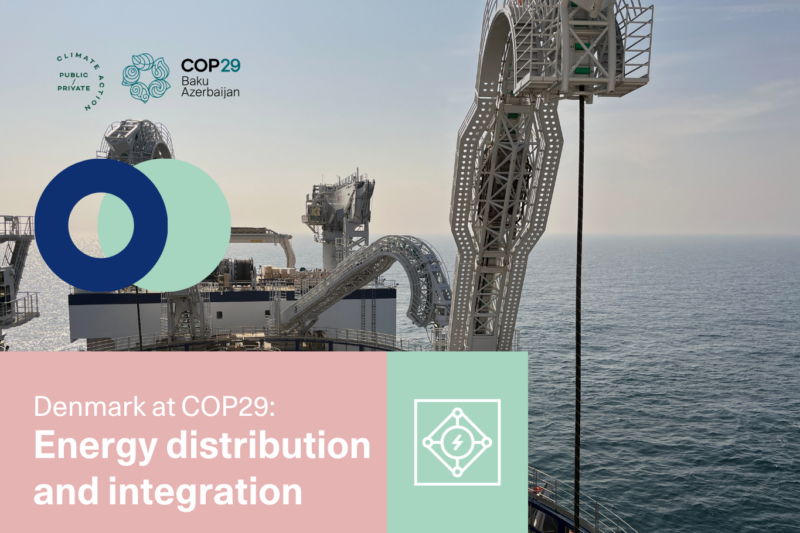News
Smart energy systems
Smart grid
Electricity Interconnectors between the UK-Denmark and Denmark-Germany of Great Socio-Economic Benefits


A highly profitable undertaking for Denmark and a more effective green transition are what lie behind Energinet.dk’s decision to establishing two new electricity connections to the UK and Germany, respectively.
The company has already sent an application to the Danish Minister for Energy, Utilities and Climate.
Working together with the UK’s National Grid, Energinet.dk will connect the two countries’ electricity grid by means of a more than 740 km subsea cable and land cable – Viking Link.
-Related news: Denmark to Share Power with the Netherlands
- Viking Link and a new interconnection with Germany will be of great socio-economic benefit to Denmark. The green electricity market of the future will be much more cross-border, and with new connections, Danish power stations and wind turbine owners will be able to sell more electricity and command higher prices – by better exploiting wind power and exporting more in windier periods, for example, says Torben Glar Nielsen, Executive Vice President, CTO at Energinet.dk.
Not just in Denmark, but all over Europe the trend is towards expanding power grids. In future, there will be a great deal more solar and wind energy etc. and the power grids must be ready for that. Large quantities of energy will be transported across greater distances and across borders en route from producer to consumer – to provide electricity on demand.
In total, the Danish level of investment will be in the region of DKK 11 billion.
Energinet.dk has not put forward any specific suggestions for cable routing.
In addition to being in the early planning stages, the projects are also awaiting a decision on how the Danish electricity grid in the future is to be expanded.
In connection with a growth package in May 2015, the Government at the time initiated a revision of the guidelines for the expansion of the transmission grid. The work is ongoing. Energinet.dk’s application to the Minister has therefore been submitted with reservations.
You should consider reading
solutions
Combined heat and power production
+6
CopenHill: The story of the iconic waste-to-energy plant
20 November 2024solutions
Energy efficiency in buildings
+2
Greening the UN one building at a time
20 November 2024publications
Combined heat and power production
+9















